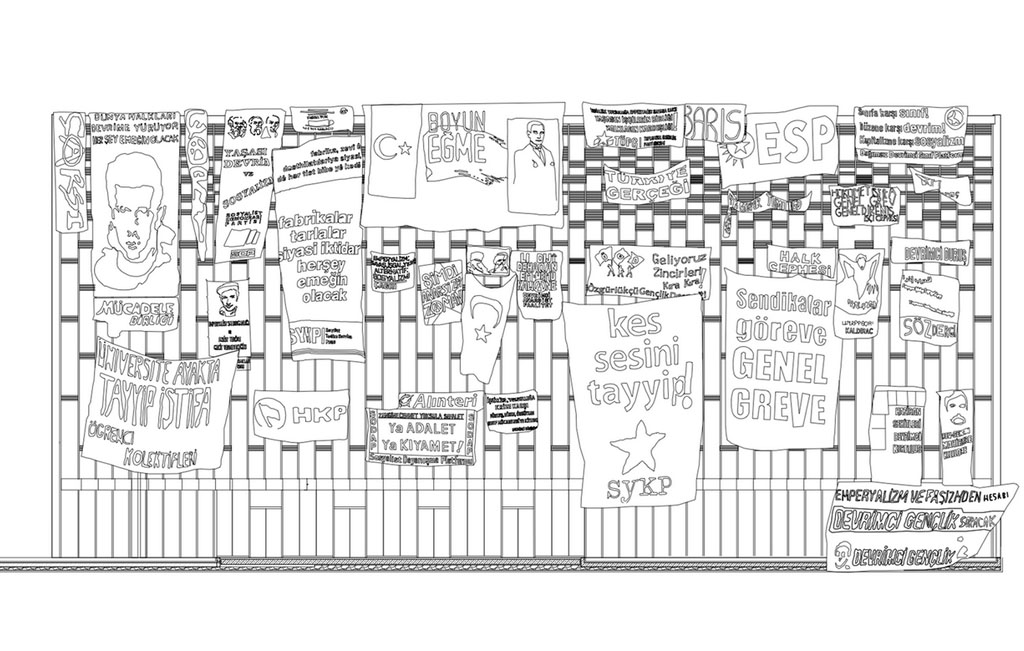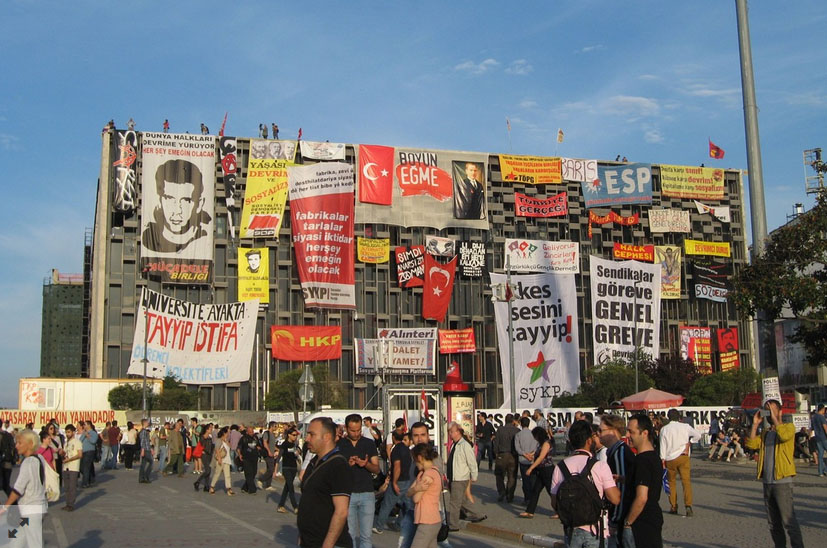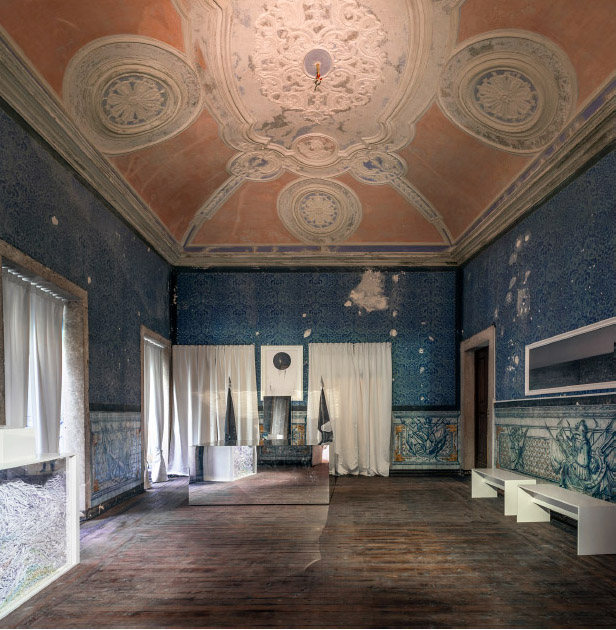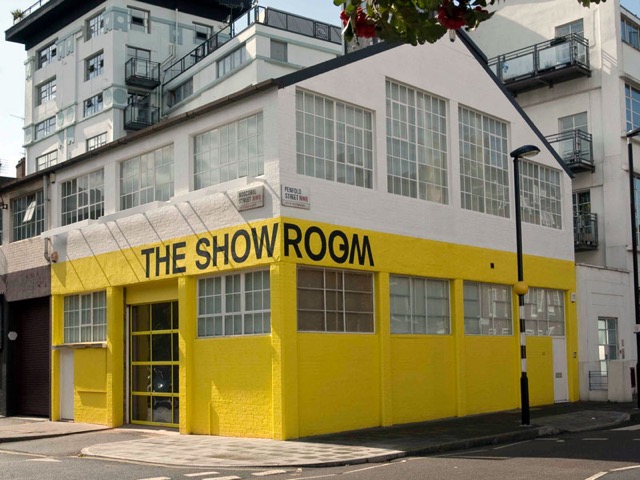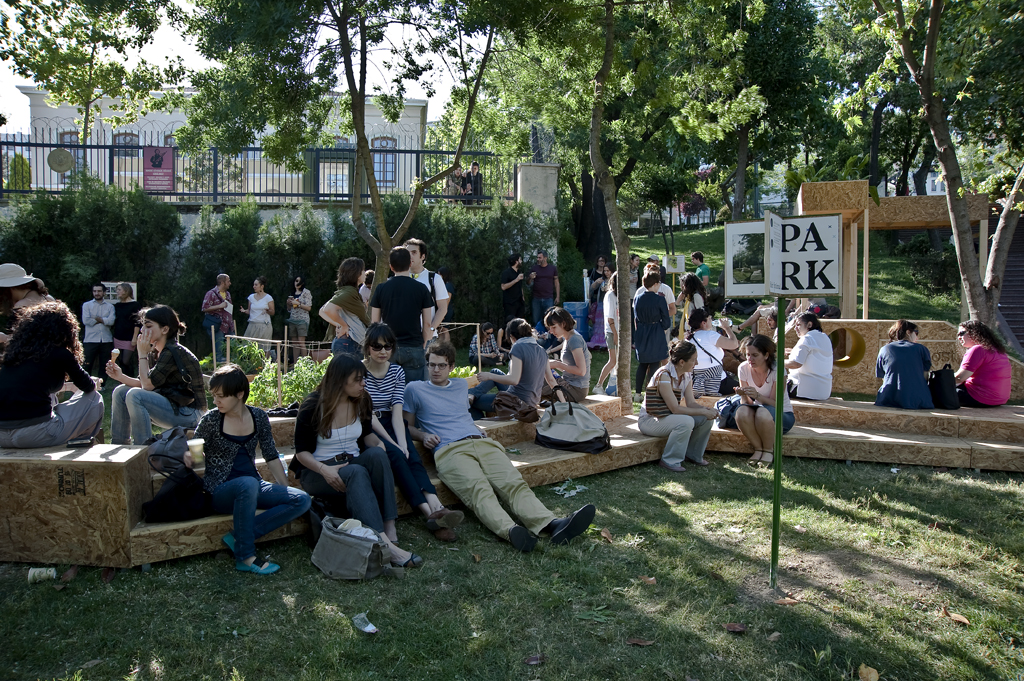H. Cenk Dereli (TR): Herkes Icin Mimarlik (Architecture For All)
Time: Thursday 5 November 2015, 5 PM
Venue: Konstfack, Seminar room S2
LM Ericssons väg 14, Stockholm. T-bana: Telefonplan
[Video documentation of lecture below]
In the ninth lecture/presentation within the 2015 Organising Discourse Open Lectures series Istanbul based architect Hasan Cenk Dereli presents how an architecture organisation is formed to address present social problems in Turkey.
Herkes Icin Mimarlik (Architecture For All)
Herkes Icin Mimarlik (Architecture For All) is a non-profit and independent architecture organization based in Istanbul devoted to offering architectural solutions to social problems in today’s Turkey and beyond and promoting participatory design process in architecture education.
Herkes Icin Mimarlik was founded in 2011 and today it has 85 members from various disciplines. Since its foundation, Herkes İçin Mimarlık realizes its projects within a network formed mostly by students from design and architecture faculties in Turkey. With the idea to provide democratic and collaborative design processes between architects, urban designers, and citizens, the organization engages with the economic, political and social dynamics of the places where it works and aims to create sustainable communities through implementation of its designs.
As a multi-disciplinary platform Herkes İçin Mimarlık re-imagines the structure and scope of architectural processes. It focuses on creative ways to raise awareness about social challenges and mobilize communities in the pursuit of a social change. The organisation operates in both urban and rural contexts. With its projects, the organization leads volunteers in workshops that advocate environmentally responsible design as well as micro-economic development. www.herkesicinmimarlik.org
H. Cenk Dereli is an Istanul based architect and a PhD Candidate in Architecure (Istanbul Technical University) working with urban politics and proactive design ideas. His personal creative productions define a practice that span from radio production, music, design research to events organization. He is also one of the members and project coordinators of probono architecture practice Herkes İçin Mimarlık Derneği (Architecture For All Association) and founder and manager of the design practice NOBON.
Download as PDF: Organising Discourse lecture 9
Video documentation of lecture 5 November 2015, Konstfack
